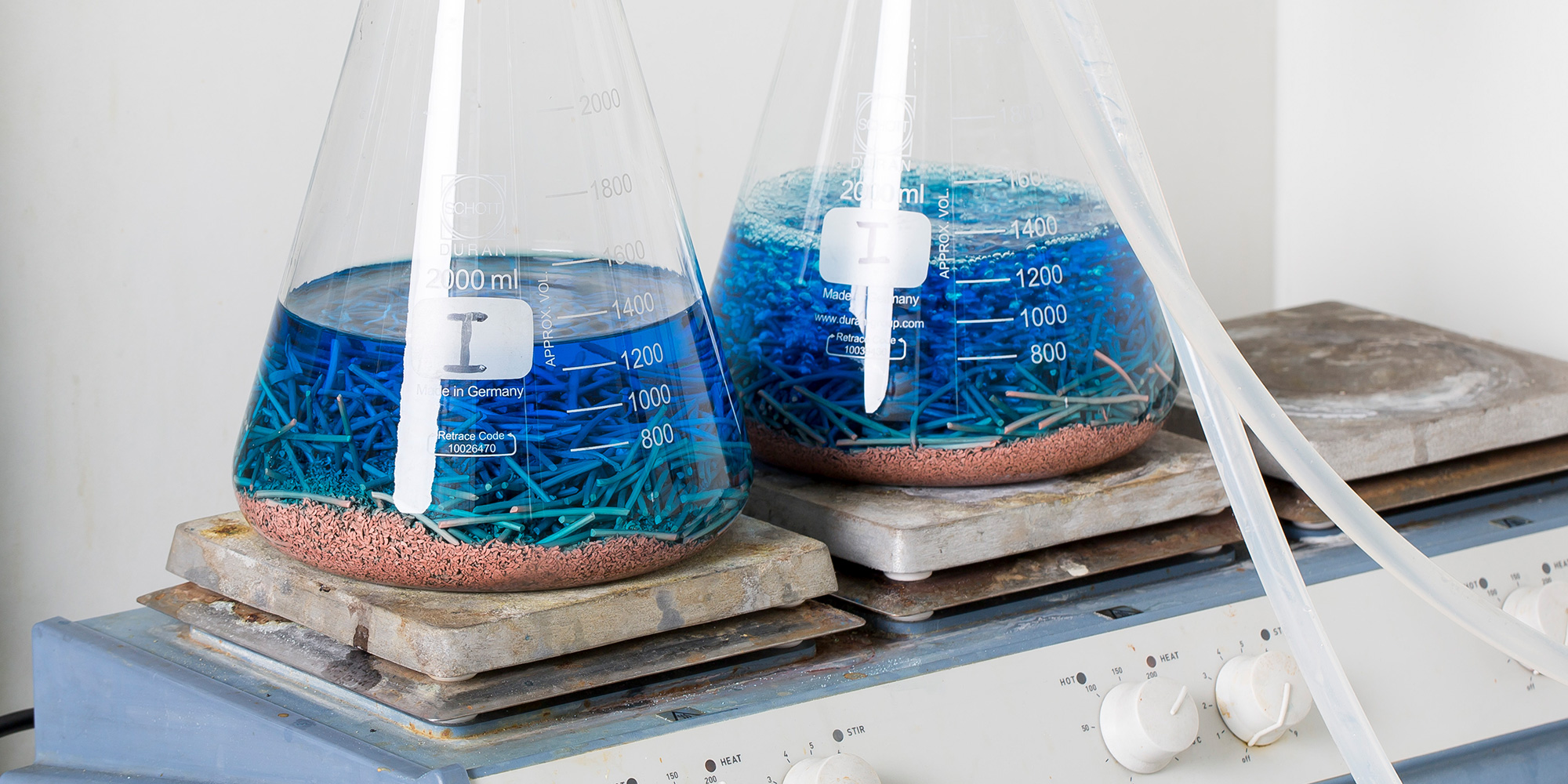Atmospheric Corrosion Exposure Test
The atmospheric corrosion exposure test is a critical method in oil and gas testing that simulates the corrosive effects of outdoor environments on materials used in the sector. This test provides insights into how different alloys, coatings, and structural components behave under real-world conditions before they are deployed in operational settings.
Corrosion can significantly impact the integrity, performance, and lifespan of equipment and infrastructure in oil and gas industries. Atmospheric corrosion exposure tests help to identify materials that exhibit superior resistance to such corrosive environments, ensuring reliability and longevity. This test is essential for quality managers, compliance officers, R&D engineers, and procurement teams who need to select appropriate materials and coatings.
The process involves exposing specimens to atmospheric conditions in a controlled environment designed to mimic real-world exposure scenarios. The duration of testing can vary depending on the specific requirements but often spans months or even years. During this time, the test team closely monitors any signs of corrosion, including rust formation, pitting, and changes in appearance.
Before conducting the test, specimens must be prepared according to strict specifications. This includes cleaning the surface thoroughly, ensuring it is free from contaminants that could affect the results. Once prepared, they are mounted on racks or stands designed to facilitate air circulation around all parts of the specimen. The environment within the exposure chamber mimics natural conditions as closely as possible.
After the test period concludes, samples are carefully examined and documented for any signs of corrosion. These observations form the basis of detailed reports that detail how each material performed under specified atmospheric conditions. Such data is invaluable when selecting materials for new projects or improving existing ones. Compliance officers will find this information particularly useful as it helps ensure adherence to relevant standards such as ISO 9243 and ASTM G1.
Understanding the behavior of materials in simulated atmospheric environments allows engineers and scientists to make informed decisions about material selection, design changes, and maintenance strategies. By incorporating results from these tests into their product development processes, companies can enhance the durability and safety of their products while reducing costs associated with premature failures due to corrosion.
For those involved in quality assurance programs or R&D initiatives targeting improved performance metrics for oil & gas equipment components, understanding atmospheric exposure tests is crucial. These tests provide valuable insights into potential issues early on so corrective actions can be taken if necessary before large-scale deployments occur.
Industry Applications
Atmospheric Corrosion Exposure Test: This test plays a vital role across various sectors within the oil and gas industry, particularly where materials are exposed to outdoor environments. Here’s an overview of its applications:
| Application | Description |
|---|---|
| Pipelines | Testing pipeline components ensures they remain effective despite long-term exposure to salt-laden air and rain. |
| Cryogenic Equipment | Evaluating materials used in cryogenic systems helps ensure they withstand both cold temperatures and corrosive environments. |
| Offshore Platforms | Monitoring corrosion rates on offshore platforms aids in maintaining structural integrity against harsh weather conditions. |
| Tanks & Containers | Determining the longevity of tank coatings and container materials helps prevent leaks that could lead to environmental hazards. |
| Structural Steelwork | Assessing structural steel components ensures they can withstand prolonged exposure to corrosive elements like sea spray. |
- Pipelines: Long-term exposure to salt-laden air and rain means testing is crucial for ensuring the integrity of pipeline components.
- Cryogenic Equipment: Materials used in these systems must endure extreme low temperatures, making atmospheric corrosion tests essential.
- Offshore Platforms: Harsh weather conditions necessitate regular monitoring of structural materials using this test method.
- Tanks & Containers: Preventing leaks is critical for maintaining safety and environmental standards; thus, testing the durability of tank coatings and container materials is paramount.
- Structural Steelwork: Sea spray introduces corrosive elements that require careful assessment to ensure long-term reliability.
Eurolab Advantages
Choosing Eurolab for your atmospheric corrosion exposure tests offers several key advantages:
- ISO 9001:2015 Certified: Our quality management system ensures consistent and reliable test results.
- Experienced Technicians: Our team has extensive experience in conducting various types of corrosion tests, ensuring accuracy and precision.
- State-of-the-Art Facilities: Equipped with cutting-edge equipment tailored specifically for atmospheric exposure testing.
- Comprehensive Reporting: Detailed reports provide comprehensive insights into material performance under specified conditions.
In addition, our highly skilled team of experts can offer guidance on selecting the most appropriate materials and coatings based on your specific requirements. This ensures you get the best possible outcome from each test conducted at Eurolab.
International Acceptance and Recognition
The atmospheric corrosion exposure test is widely recognized internationally for its reliability in assessing material performance under natural conditions:
- ISO 9243:1998: This international standard provides guidelines on how to conduct atmospheric exposure tests, ensuring consistency across different laboratories.
- ASTM G1:2021: Developed by the American Society for Testing and Materials (ASTM), this standard specifies procedures for determining the resistance of non-coated or coated ferrous metals and alloys to atmospheric corrosion.
Our laboratory adheres strictly to these standards, ensuring that all tests conducted are compliant with internationally accepted protocols. This consistency enhances confidence in the results obtained from our facilities.
| Certification | Description |
|---|---|
| EN ISO/IEC 17025:2017 | Absolutely essential for any laboratory aiming to maintain high levels of accuracy and precision in its testing capabilities. |
| NVLAP (National Voluntary Laboratory Accreditation Program) | Recognized by the United States Department of Commerce, this accreditation assures customers that our lab meets strict quality assurance requirements. |
Our commitment to meeting international standards and maintaining high-quality testing practices means you can trust Eurolab for all your atmospheric corrosion exposure testing needs. We pride ourselves on providing accurate, reliable results that meet the highest industry expectations.





